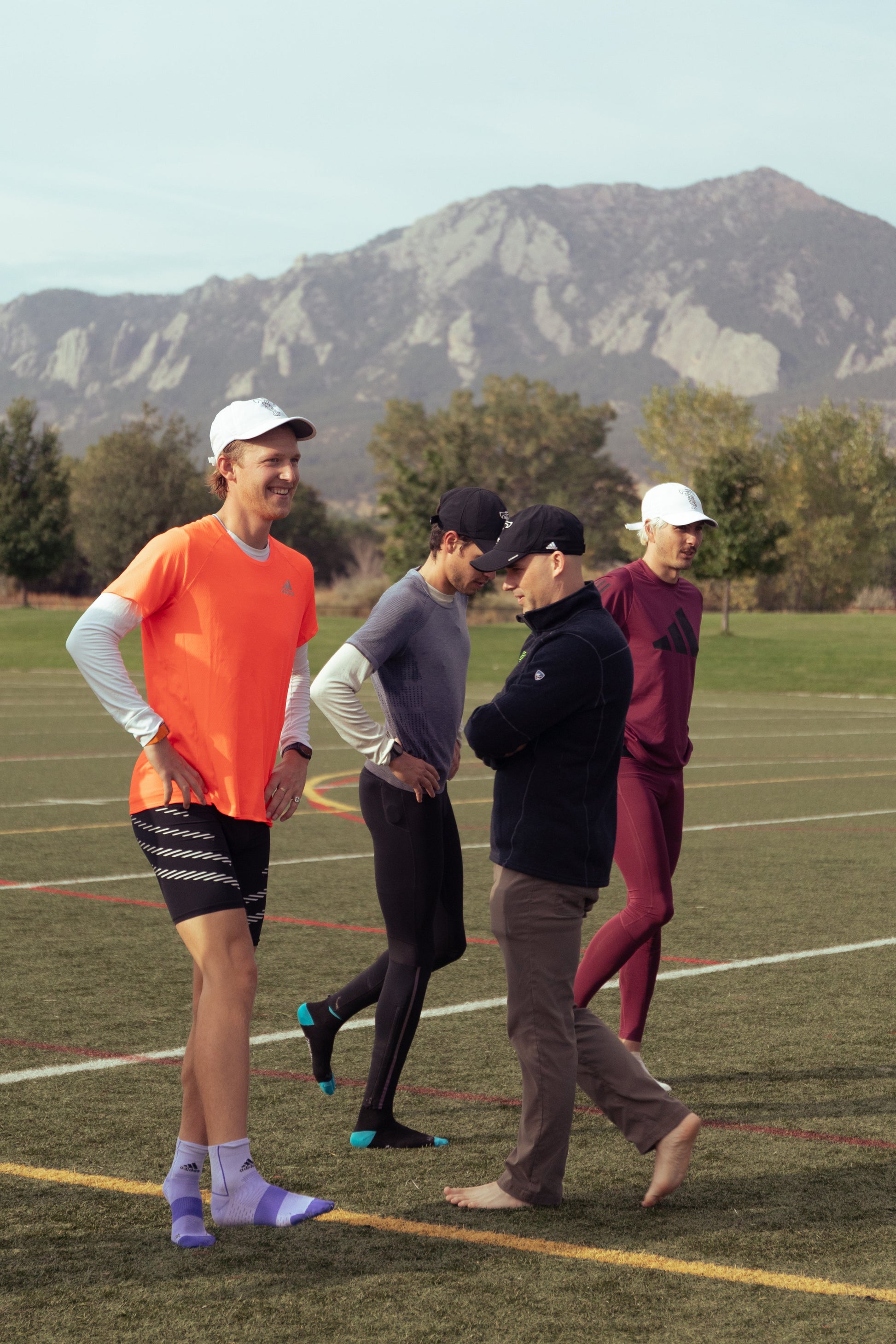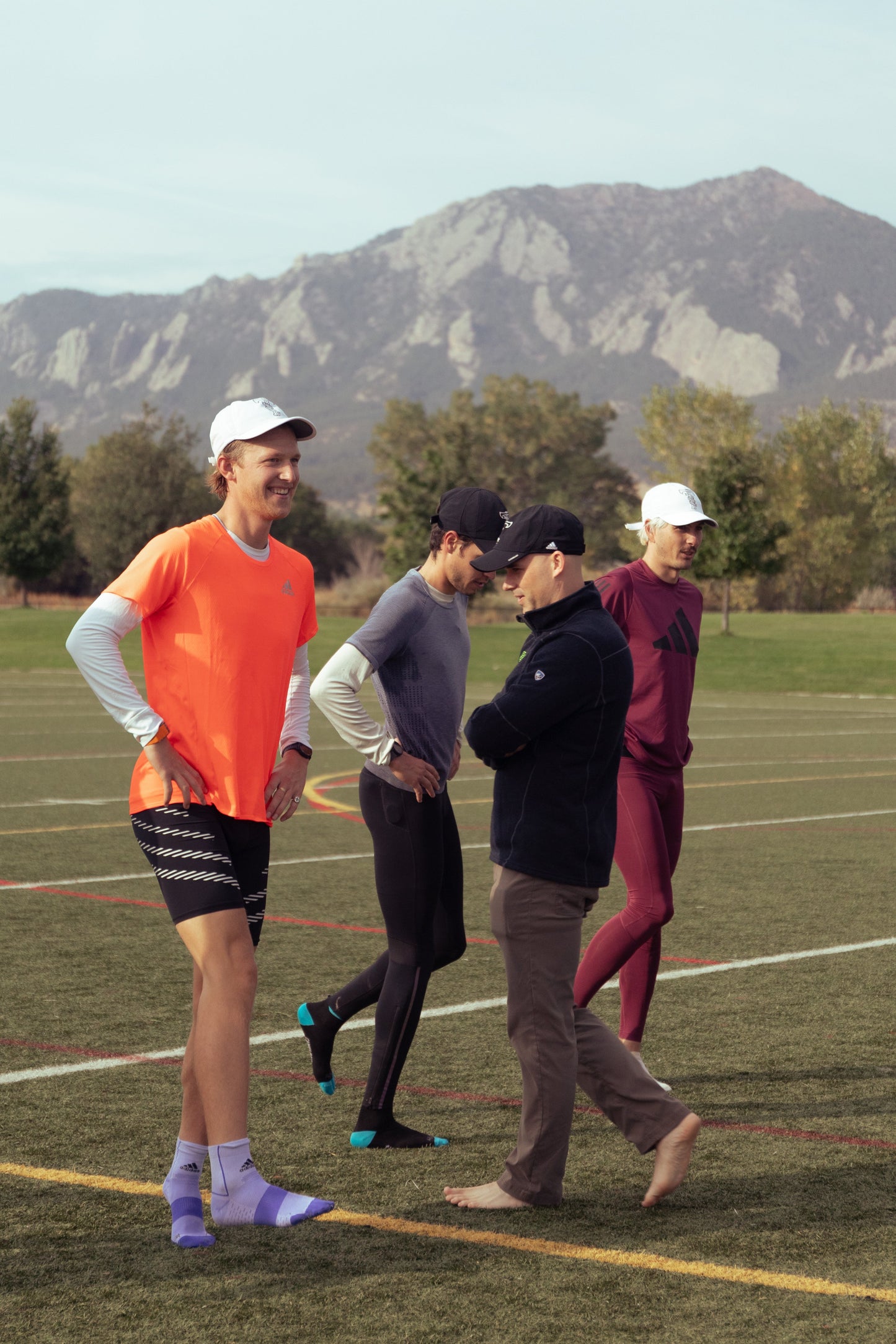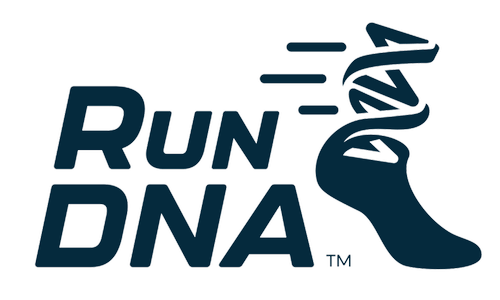Vertical Acceleration
Running vertical acceleration is the rate at which your body accelerates up and down during running. It is measured in meters per second squared (m/s^2). However, it is often converted to G's, which is a unit of acceleration equal to the acceleration due to gravity on Earth's surface (9.81 m/s^2).
A typical running vertical acceleration is between 2 and 4 G's. However, it can vary depending on a number of factors, including your running form, the surface you are running on, and your speed. For example, runners who land on their heels tend to have higher vertical accelerations than runners who land on their midfoot or forefoot. Additionally, running on a hard surface, such as concrete, will produce higher vertical accelerations than running on a soft surface, such as grass or dirt.
Too much vertical acceleration can lead to injuries, such as shin splints, stress fractures, and runner's knee.
Accelerometers are small devices that can be used to measure acceleration. When used to measure running vertical acceleration, accelerometers are typically attached to the runner's shoe or ankle. The accelerometer records the runner's acceleration during each foot strike. The data from the accelerometer can then be used to calculate the vertical acceleration, which can then be converted to G's.
Once you have collected data from your accelerometer, you can use it to analyze your running vertical acceleration in G's and identify areas where you can improve your running form to reduce vertical acceleration. For example, if you have high vertical accelerations, you may want to try landing on your midfoot or forefoot instead of your heel. You may also want to try running on softer surfaces, such as grass or dirt.
It is important to note that there is no one-size-fits-all answer to the question of what is the optimal vertical acceleration in G's. The best way to find the rate that is right for you is to listen to your body and adjust your running form accordingly.
If you have any concerns about your running vertical acceleration in G's, or if you are experiencing pain while running, be sure to talk to your doctor or a physical therapist.
Tips for Reducing Running Vertical Acceleration:
Here are some additional tips for reducing running vertical acceleration in G's:
- Improve your running form. Focus on landing on your midfoot or forefoot, and keep your stride short and quick.
- Run on soft surfaces whenever possible. Softer surfaces, such as grass or dirt, will help to reduce the impact on your joints.
- Wear properly fitting running shoes. Running shoes should provide adequate cushioning and support for your foot type.
- Start slowly and gradually increase your speed and distance. This will help your body to adjust to the demands of running and reduce the risk of injury.
If you experience pain while running, reduce your speed or distance, or take a break from running altogether. If the pain persists, talk to your doctor or a physical therapist.

RunDNA
Gait Retraining Plan


